Quenching the thirst for high-quality healthcare
Can Gio has great potential for marine economy , tourism and seaport services. However, for many years, people here have always faced geographical barriers, encountering many difficulties in accessing specialized, high-quality medical services. Whenever there is a serious, complicated illness, moving to the city center is time-consuming, costly and potentially risky.
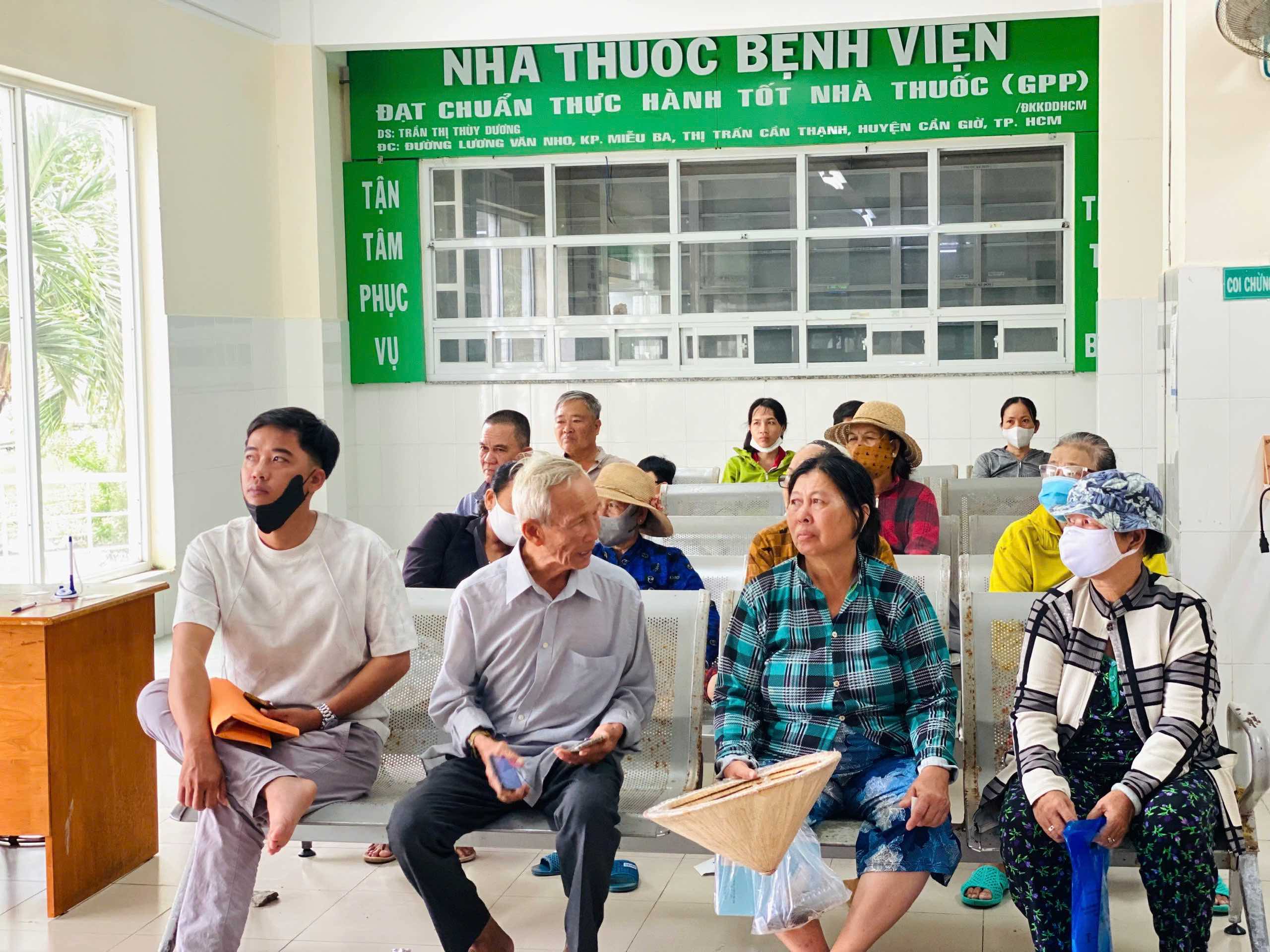 |
| Can Gio residents will be examined and treated by good and experienced doctors from the City. |
On May 8, 2024, the Ho Chi Minh City People's Committee issued Decision No. 1564/QD-UBND, approving the Project "Strengthening, enhancing capacity and developing healthcare in Can Gio district by 2030, with a vision to 2045". The goal of the Project is not only to invest in healthcare to ensure social security, but also has profound significance in creating advanced healthcare infrastructure, serving economic development, attracting experts and residents to work and live.
The project aims to form a public hospital with about 300 beds, operating under the model of a second facility of a City hospital, reusing the infrastructure of the Can Gio Regional Medical Center (formerly Can Gio District Hospital, merged due to ineffective operation).
The early operation of a high-quality general hospital in Can Gio is considered a far-sighted decision. This is a preparation of medical infrastructure in parallel with future mega-projects such as the Can Gio International Transit Port and the marine eco-tourism urban area, ensuring comprehensive health care not only for local people but also for a large number of workers, experts and tourists.
Total strength of city health
Just one year after the Project was approved, the Ho Chi Minh City Department of Health realized the goal with an innovative solution, demonstrating the overall strength of the industry. Tu Du Hospital, a group 1 autonomous hospital, was assigned the main responsibility for building and operating the second facility.
The most prominent and distinctive feature of this model is the linkage mechanism. Tu Du Hospital deploys its strong specialty of obstetrics and gynecology, and is also fully responsible for the operation and management of the hospital.
The hospital's multidisciplinary strength comes from the collaboration of a team of leading specialized hospitals in Ho Chi Minh City. Specifically, the City Children's Hospital is in charge of the pediatrics department, Le Van Thinh Hospital is in charge of internal and surgical departments, and especially kidney dialysis techniques (artificial kidney dialysis), meeting the urgent needs of patients with chronic kidney failure in Can Gio.
In addition, specialized hospitals such as Eye Hospital, Dental Hospital, Ear, Nose and Throat Hospital, Rehabilitation and Occupational Disease Hospital and Dermatology Hospital will send specialized staff to be in charge of the corresponding clinical departments.
Hospitals will dispatch professional staff and take turns sending specialist doctors to work at Tu Du Hospital, branch 2. This means that Can Gio residents will be examined and treated by good, experienced doctors from the City right in their locality.
In addition to its main task of medical examination and treatment, the new hospital is also assigned to support consultation and remote consultation with commune health stations, participate in preventive health programs and develop the grassroots health network.
The Department of Health highly appreciates the determination and efforts of the leadership of Tu Du Hospital and its affiliated hospitals. The implementation of this model is a concrete action, deeply implementing Resolution No. 72-NQ/TW of the Politburo on strengthening the protection and care of people's health.
This is clear evidence that the Ho Chi Minh City health sector is not only strong in high technical expertise at end-line hospitals, but also has the capacity to flexibly organize and coordinate to bring high-quality healthcare to serve people in the most difficult areas.
Source: https://baodautu.vn/tphcm-khoi-dong-mo-hinh-benh-vien-da-khoa-lien-ket-tai-can-gio-d429255.html












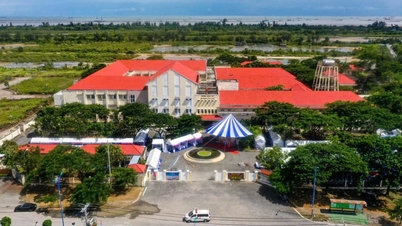
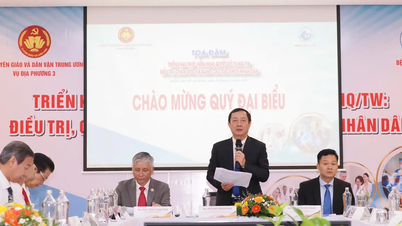









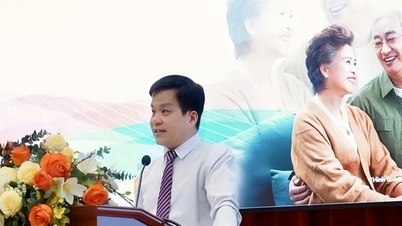









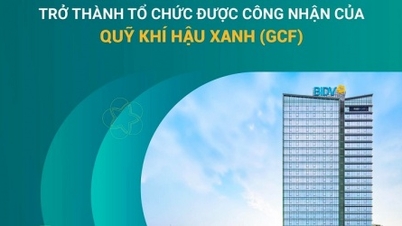




































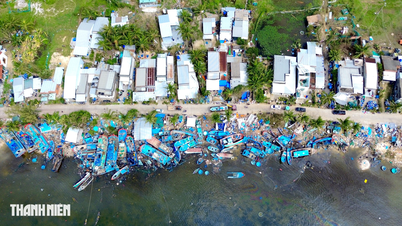
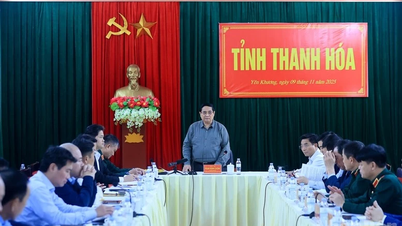






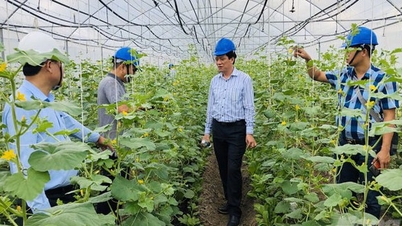
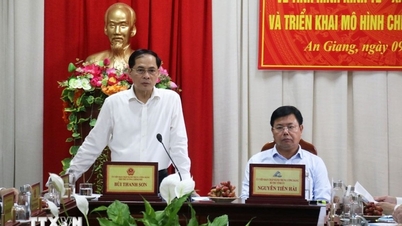



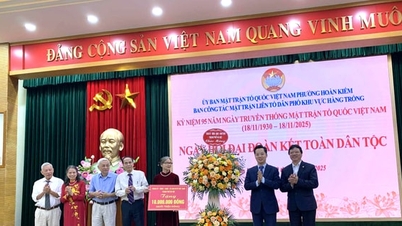






















Comment (0)